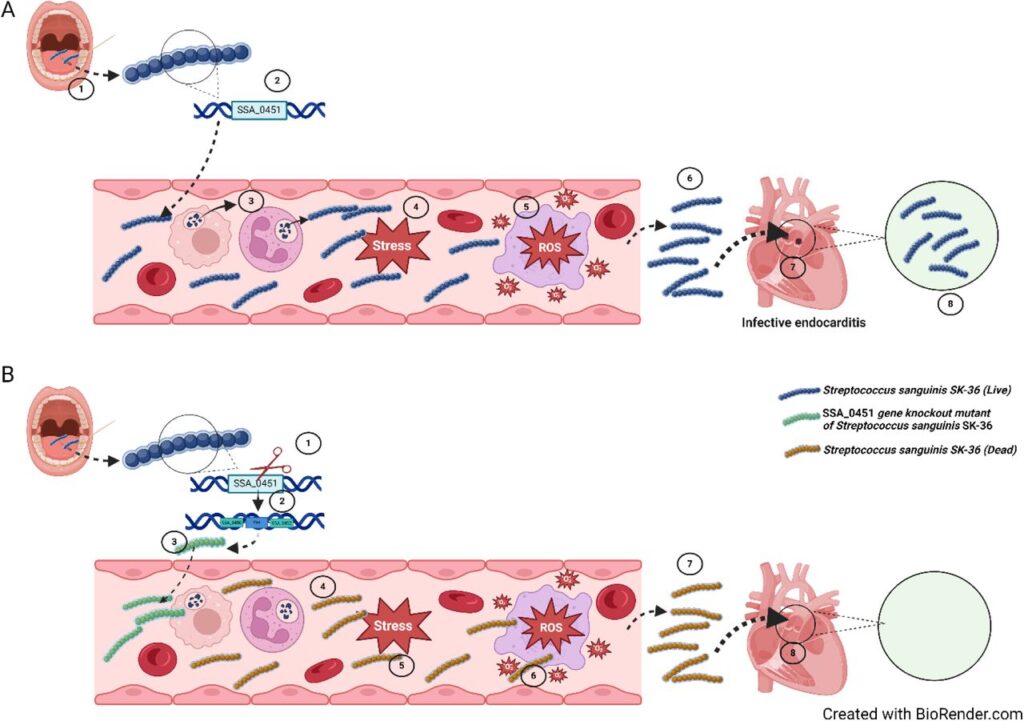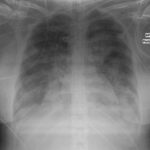Streptococcal endocarditis, a subset of infective endocarditis (IE), predominantly affects native heart valves and is most commonly caused by viridans group streptococci (VGS), Streptococcus bovis, and occasionally β-hemolytic streptococci. These low-virulence organisms enter the bloodstream via mucosal surfaces, especially oral or gastrointestinal tracts, and adhere to damaged or prosthetic valves. While subacute in presentation, untreated cases can lead to systemic embolization, heart failure, and death.

Importance of Synergistic Therapy in Streptococcal Endocarditis
Despite the relative susceptibility of streptococci to β-lactam antibiotics, synergistic therapy plays a vital role in eradicating infections from the avascular cardiac valve tissue, where bactericidal activity is paramount. Synergy, particularly between a cell wall-active agent and an aminoglycoside, enhances bacterial killing and shortens the course of treatment.
Key Antibiotic Synergistic Combinations for Streptococcal Endocarditis
Penicillin G or Ceftriaxone Plus Gentamicin: The Classic Synergistic Regimen
For streptococci with a minimum inhibitory concentration (MIC) ≤0.12 µg/mL to penicillin, combination therapy with penicillin G (or ceftriaxone) plus low-dose gentamicin for two weeks achieves rapid sterilization of cardiac vegetations. This approach is endorsed in American Heart Association (AHA) and European Society of Cardiology (ESC) guidelines for uncomplicated native valve infections.
Mechanism of Synergy
Penicillin weakens the bacterial cell wall, facilitating intracellular penetration of gentamicin, which then inhibits 30S ribosomal subunits, leading to enhanced bactericidal activity.
Ceftriaxone Monotherapy for Sensitive Strains
When aminoglycoside-associated nephrotoxicity is a concern, ceftriaxone monotherapy for 4 weeks is an effective alternative for strains with low penicillin MICs. However, it offers slower bactericidal activity compared to combination regimens.
Ampicillin Plus Ceftriaxone for Enterococcus faecalis Endocarditis
Though not directly targeting streptococci, this synergistic pair is relevant in mixed infections or when misidentification occurs. Ampicillin and ceftriaxone target distinct PBPs, resulting in synergistic cell wall inhibition even without aminoglycoside use.
Addressing High-Level Penicillin Resistance in Streptococci
For strains with penicillin MICs between 0.12 and 0.5 µg/mL, synergy becomes critical. A full 4-week β-lactam course plus gentamicin for the initial 2 weeks ensures effective bactericidal activity. For MIC >0.5 µg/mL, high-dose penicillin or ceftriaxone plus gentamicin for 4–6 weeks is required, emphasizing the need for susceptibility testing.
Clinical Evidence Supporting Antibiotic Synergy in IE
Numerous clinical studies confirm that synergy-based regimens:
- Reduce vegetation size more rapidly
- Achieve faster clearance of blood cultures
- Lower relapse rates compared to monotherapy
- Permit shorter treatment durations in appropriate cases
A randomized clinical trial (Raad et al., Clin Infect Dis, 2005) demonstrated significantly improved outcomes and fewer relapses in VGS endocarditis treated with ceftriaxone + gentamicin compared to β-lactam monotherapy.
Challenges and Toxicities of Synergistic Therapy
While synergy offers therapeutic advantages, its risks include:
- Nephrotoxicity: Especially with prolonged aminoglycoside use
- Ototoxicity: Irreversible sensorineural damage
- Monitoring burden: Requirement for serum drug level checks (gentamicin trough levels <1 µg/mL)
To mitigate toxicity, the duration of gentamicin is typically limited to 2 weeks, and once-daily dosing regimens have been explored to reduce adverse effects while preserving synergy.
Tailoring Synergistic Regimens to Patient Profiles
| Patient Type | Recommended Regimen | Duration |
|---|---|---|
| Native valve, uncomplicated | Penicillin G + Gentamicin or Ceftriaxone + Gentamicin | 2 weeks |
| Native valve, renal impairment | Ceftriaxone monotherapy | 4 weeks |
| Prosthetic valve involvement | Penicillin G or Ceftriaxone + Gentamicin | 6 weeks |
| High-level resistance strains | High-dose β-lactam + Gentamicin | 4–6 weeks |
| Gentamicin intolerance | Ampicillin + Ceftriaxone (if enterococcal component exists) | 6 weeks |
Future Directions in Synergistic Therapy for Endocarditis
- Precision synergy testing using time-kill kinetics and whole-genome sequencing is enabling personalized antimicrobial selection.
- Liposomal formulations of aminoglycosides are being investigated to reduce toxicity while preserving synergistic potential.
- Synergy prediction AI models are in development to identify optimal combinations based on strain genomics and resistance profiles.
Effective management of streptococcal endocarditis hinges on the judicious use of synergistic antibiotic therapy. The combination of a β-lactam with an aminoglycoside remains a cornerstone for treating sensitive strains, offering faster bactericidal action and shorter treatment durations. With growing concerns about resistance and toxicity, emerging diagnostic and therapeutic innovations promise to refine synergy-based protocols and enhance patient outcomes.

